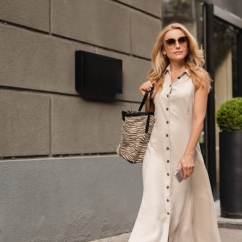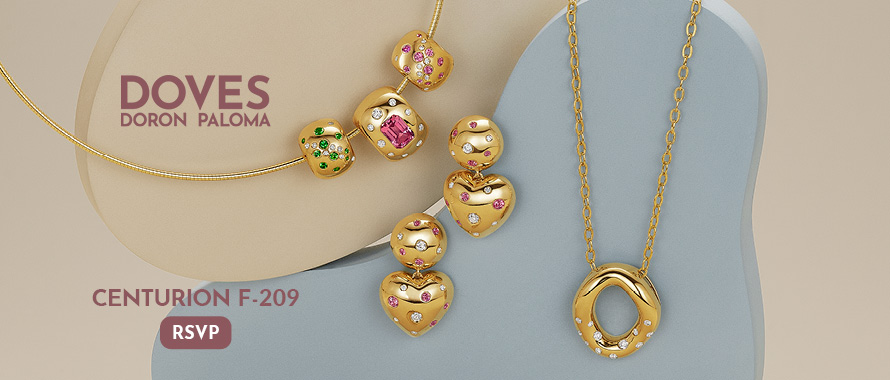Sales Strategy
Staying Relevant in Fashion and Luxury Requires Innovation and Adaptability June 02, 2025 (0 comments)

New York, NY--Fashion and luxury brands have long thrived on heritage, craftsmanship, and emotional storytelling. However, as per the WSJ article, even legacy names must evolve to stay relevant in a rapidly transforming global market.
[Image via iStockphoto.com]
The landscape today is shaped by an expanding set of competitors, diverse purchase channels, and a digital ecosystem where content creators and algorithms drive consumer preferences. According to the article, brands face an imperative to understand shifting consumer behavior and adjust strategies to maintain their competitive edge.
Shifting Consumer Expectations: The Need for Adaptation
The WSJ article outlines six key forces influencing the future of fashion and luxury:
- Fragmented Audiences: The rise of distinct consumer segments with unique cultural influences demands a shift in marketing strategies. According to the article, brands must navigate the tension between inclusivity and the exclusivity that is central to luxury.
- Trend Fluidity: Traditional dress codes are giving way to more personal, expressive styles. The article highlights the challenge of balancing rapid trend cycles with the timeless craftsmanship expected in luxury.
- Emerging Markets' Influence: The dominance of Western markets is waning, with regions such as India, Southeast Asia, and sub-Saharan Africa emerging as key players. These markets bring new aesthetic sensibilities and growth opportunities.
- Rise of Influencers: Social media influencers now shape trends in real-time, upending the traditional long-lead approach of luxury brands. This shift requires rethinking distribution and marketing strategies.
- Technological Disruption: From generative AI and predictive analytics to advances in materials, technology is transforming design, production, and delivery. As the article notes, AI is also enhancing customer experiences and sustainability efforts.
- Sustainability Expectations: Consumers now demand transparency and accountability. Brands must commit to ethical sourcing, waste reduction, and circular models as a core business strategy.
Strategies for Future-Proofing
The article suggests that rather than focusing solely on quarterly results, fashion and luxury brands must adopt long-term strategies to thrive amid these forces. Key approaches include:
- Curating Iconic Customer Journeys: Brands should use data-driven insights to personalize engagement, create seamless commerce, and adapt to evolving consumer values.
- Tapping New Growth Channels: As per the article, this includes exploring resale markets, new retail formats, and emerging technologies to reach diverse audiences.
- Accelerating with Culture: The article advocates for fostering innovation within teams and adopting digital tools to speed up design and trend forecasting.
- Blending Human and AI Capabilities: Organizations can use AI to streamline product development, marketing, and personalization while freeing up human creativity.
- Driving Purpose: Aligning with social causes and inclusivity is increasingly essential for brands to connect with new generations.
- Enhancing Efficiency: Advanced analytics and automation can enhance decision-making, reduce costs, and help brands navigate a complex and rapidly changing marketplace.
Learn more in this article by WSJ.






